Budget 2025: From 97.75% to 30%, how income tax slabs have changed in India since independence in 1947
Budget 2025: In her Union Budget 2024 speech, Finance Minister Nirmala Sitharaman introduced 3 new tax slabs in the new tax regime. As she is set to present Budget 2025 on Saturday, the salaried class will keenly focus on any possible change. Tax slabs have gone through massive change since India became an independent nation in 1947.
)
Income Tax Slabs, Union Budget 2025, Budget Expectations: During the annual budget speech of the Finance Minister, the announcement that attracts the most to the salaried class is about tax changes. Every year, they have high hopes of getting favourable tax slabs, which can help them save more than the previous year.
Likewise, when Finance Minister Nirmala Sitharaman delivers her budget speech on Saturday (February 1, 2025), taxpayers will be keen to see more changes to tax slabs.
If Sitharaman makes some changes, it will be a link added to the long chain of tax slab changes that have been made over the decades, with the first change coming under finance minister John Mathai in 1949–50.
Here, we take you through the major changes tax slabs have gone through ever since India became an independent nation in 1947.
Income tax slab revision by John Mathai in 1949-50
Finance Minister John Mathai made the first tax slab change in independent India when he reduced tax on incomes up to Rs 10,000 by a quarter of an anna in two slabs.
In the 1st tax slab, he reduced it from one anna to nine pies, and in the 2nd tax slab, he reduced it from two annas to one nine pies.
It was the time when one anna was equal to Rs 1/16, while Rs 1 had 192 pies.
Income tax slab revision by YB Chavan in 1974-75
Finance minister Chavan made a significant change in the tax slab when he cut the maximum marginal rate from 97.75 per cent (the highest-ever) to 75 per cent.
Taxpayers earning income up to Rs 6,000 a year were kept outside the ambit of income tax.
However, a 70 per cent marginal rate of basic income tax was introduced on the slab over Rs 70,000/year.
The highest tax slab in that budget was kept at 77 per cent.
Income tax slab revision by VP Singh in 1985-86
The major change he made was that he decreased the number of income tax slabs from 8 to 4.
Taxpayers with an annual income of less than Rs 18,000 were kept out the tax ambit.
On Rs 18,001 to Rs 25,000, a 25 per cent income tax was fixed; for the Rs 25,001 to Rs 50,000 income group, tax was fixed at 30 per cent. On Rs 50,001 to Rs 1 lakh income, it was 40 per cent, while for income above Rs 1 lakh, it was 50 per cent, which earlier used to be 61.87 per cent.
Income tax slab revision by Manmohan Singh in 1992-93
As a Finance Minister, Manmohan Singh cut down the number of tax slabs to the lowest-ever at 3.
For annual income from Rs 30,000 to Rs 50,000, the slab was 20 per cent, for Rs 50,000 and Rs 1 lakh income, the tax rate was 30 per cent, and 40 per cent was for those earning above Rs 1 lakh a year.
Income tax slab revision by Manmohan Singh in 1994-95
In the first tax slab of 20 per cent, the limit was increased to Rs 35,000-Rs. 60,000.
The second slab of 30 per cent was kept at Rs 60,000-Rs 1.2 lakh, and the maximum tax rate of 40 per cent was announced for those with income levels above and over Rs 1.20 lakh.
Income tax slab revision by P. Chidambaram in 1997-98
P Chidambaram announced a 'Dream Budget', in which he reduced the tax limit from 15, 30, and 40 per cent to 10, 20, and 30 per cent, respectively.
The first slab of 10 per cent was for the Rs 40,000-Rs 60,000 income group; 20 per cent tax was for the Rs 60,000-Rs 1.50 lakh income group; and the 30 per cent was for income above Rs 1.50 lakh.
Apart from that, the standard deduction limit was also increased to Rs 20,000 for all salaried taxpayers.
Income tax slab revision by Pranab Mukherjee in 2010-11
He gave tax exemption up to the limit of Rs 1.60 lakh; taxpayers earning between Rs 1.60 lakh and Rs 5 lakh were to pay 10 per cent tax.
On the other hand, in the range of Rs 5 lakh to Rs 8 lakh, the tax rate was 20 per cent.
For people earning over Rs 8 lakh, the tax was 30 per cent.
Income tax slab revision by Pranab Mukherjee in 2012-13
In the budget, he increased the tax exemption limit to Rs 2 lakh.
There was a 10 per cent tax levied for salaried people in the range of Rs 2 lakh and Rs 5 lakh.
Those earning between Rs 5 lakh and Rs 10 lakh would pay a tax of 20 per cent and those earning above Rs 10 lakh would be paying 30 per cent tax.
Income tax slab revision by Arun Jaitley in 2014-15
He replaced the wealth tax with a surcharge of 2 per cent on the super-rich taxpayers with a taxable income above Rs 1 crore.
As a result of this, taxpayers were not required to file a wealth tax return from the Assessment Year 2016–17 onward.
Income tax slab revision by Arun Jaitley in 2017-18
He brought income between Rs 2.50 lakh and Rs 5 lakh under the 5 per cent income tax bracket from earlier 10 per cent.
The rebate under Section 87A of the Income Tax Act, 1961 (which had been given to people earning up to Rs 5 lakh) was reduced to Rs 2,500 from Rs 5,000 for people earning between Rs 2.50 lakh and Rs 3.50 lakh.
Threshold limit changed by Piyush Goyal in 2018-19
Goyal increased the threshold limit of income tax to Rs 5 lakh from the earlier limit of Rs 2.50 lakh.
Income tax slab revision by Nirmala Sitharaman in 2019-20
She announced that taxpayers with income below Rs 5,00,000 would remain tax-free and enjoy a tax rebate of Rs 12,500. However, there was no change in tax slabs.
New tax regime announcement by Nirmala Sitharaman in 2020
A new tax regime was introduced in the year. Taxpayers could now choose between the old and new tax regimes.
Nirmala Sitharaman increases standard deduction and introduces new tax slabs
During her budget speech on July 23, 2024, finance minister Nirmala Sitharaman increased the standard deduction limit of income tax from Rs 50,000 to Rs 75,000.
There were no changes for old tax regime taxpayers. She also introduced new tax slabs under the new tax regime.
The main changes were-
- There was no tax up to Rs 3 lakh annual income in the new tax regime.
- There would be 5% tax on income up to Rs 3 lakh-Rs 7 lakh in the new tax regime.
- There would be 10% tax on income up to Rs 7 lakh-Rs 10 lakh in the new tax regime.
- There would be 15% tax on income up to Rs 10 lakh-Rs 12 lakh in the new tax regime.
- There would be 20% tax on income up to Rs 12 lakh-Rs 15 lakh in the new tax regime.
- There would be 30% tax on income above Rs 15 lakh in the new tax regime.
Get Latest Business News, Stock Market Updates and Videos; Check your tax outgo through Income Tax Calculator and save money through our Personal Finance coverage. Check Business Breaking News Live on Zee Business Twitter and Facebook. Subscribe on YouTube.
RECOMMENDED STORIES
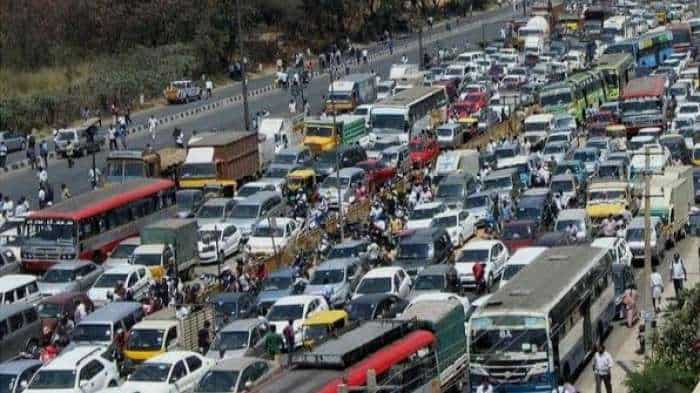
'Bengaluru, absolute traffic hell...: City's congestion worsens as HSR Layout flyover shuts for metro work, netizens irked
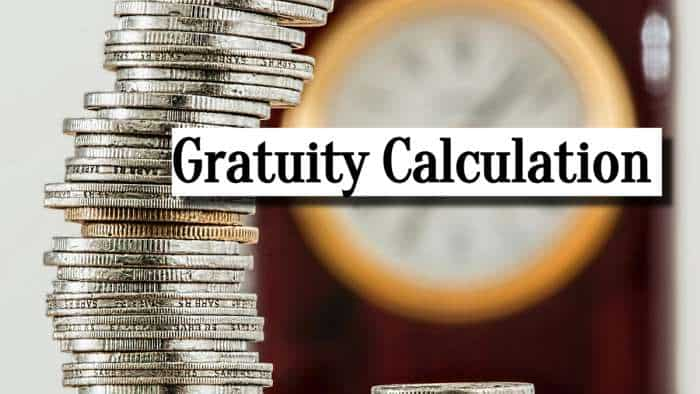
Gratuity Calculation: What will be your gratuity on Rs 40,000 last-drawn basic salary and 5.2 years of service?
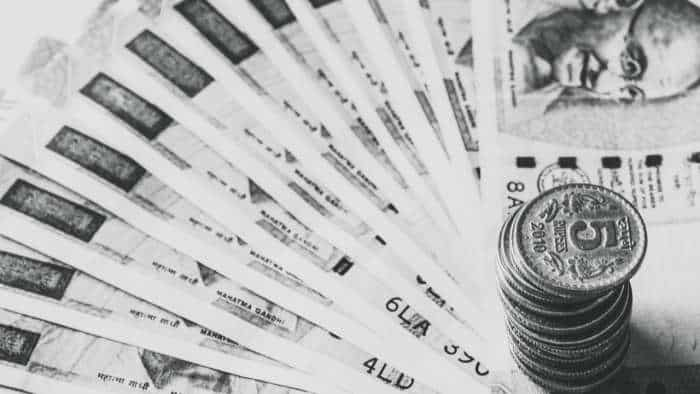
8th Pay Commission: Can basic pension cross Rs 3 lakh mark in new pay commission? See calculations to know its possibility?
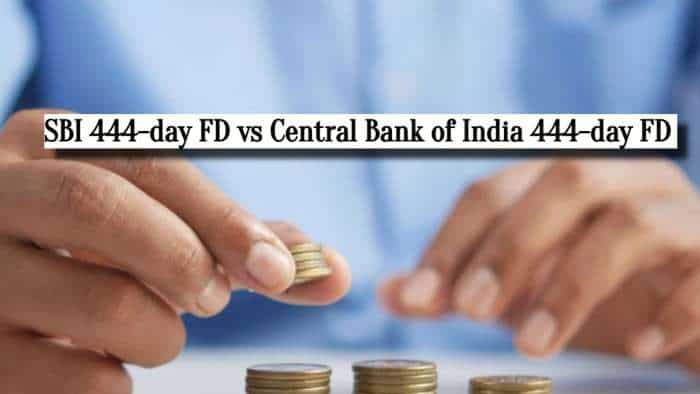
SBI 444-day FD vs Central Bank of India 444-day FD: Which can provide higher maturity on Rs 5,00,000, Rs 7,00,000 & Rs 10,00,000 deposits?
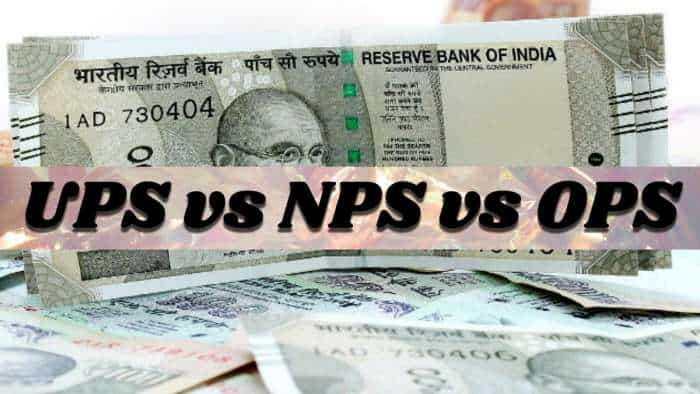
UPS vs NPS vs OPS: Last drawn basic pay Rs 100,000; pensionable service of 30 years; what can be your monthly pension in each?
06:18 PM IST






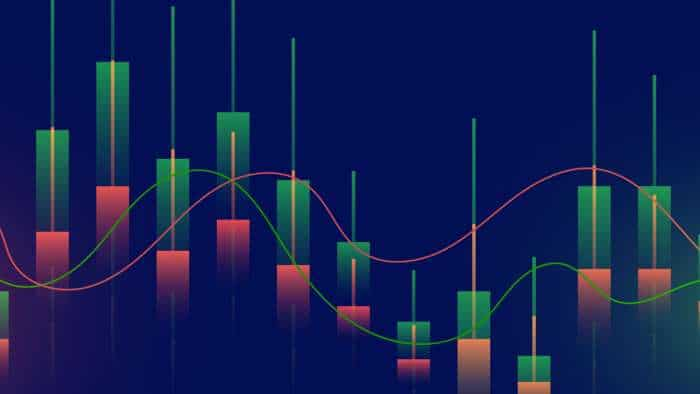
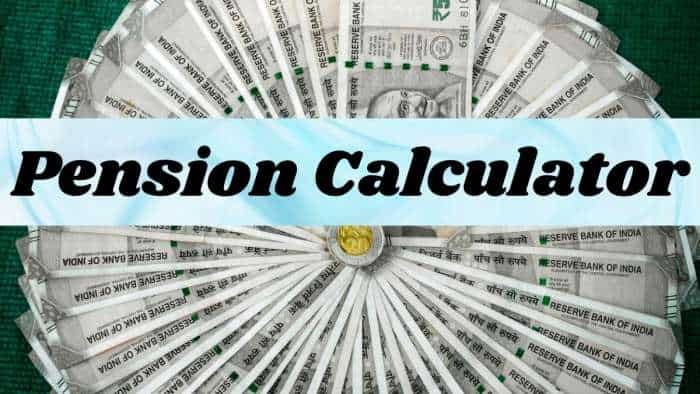
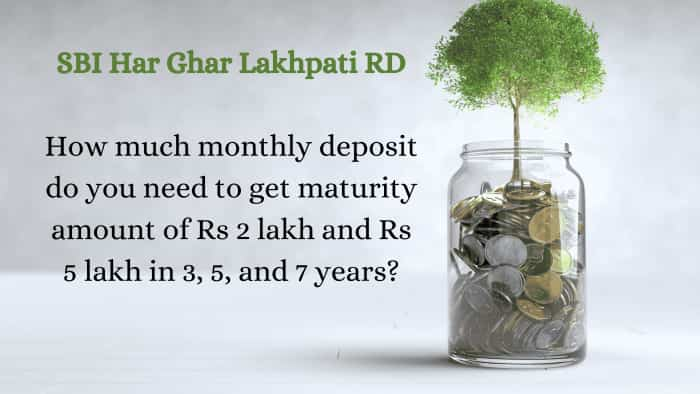
 Rs 3.89 lakh crore budget for FY'26 tabled in Bengal assembly, 4% DA increased
Rs 3.89 lakh crore budget for FY'26 tabled in Bengal assembly, 4% DA increased  Budget 2025: Middle class is like a hen that lays golden eggs, Centre doesn't keep it happy, says AAP's Raghav Chadha
Budget 2025: Middle class is like a hen that lays golden eggs, Centre doesn't keep it happy, says AAP's Raghav Chadha New income tax bill likely to be tabled in Parliament on February 13; to be effective from April 1, 2026
New income tax bill likely to be tabled in Parliament on February 13; to be effective from April 1, 2026 Budget 2025 balances national development necessities with fiscal priorities: FM Nirmala Sitharaman
Budget 2025 balances national development necessities with fiscal priorities: FM Nirmala Sitharaman  Anil Singhvi's Market Strategy (Feb 10): Important levels to track in Nifty50, Nifty Bank today
Anil Singhvi's Market Strategy (Feb 10): Important levels to track in Nifty50, Nifty Bank today